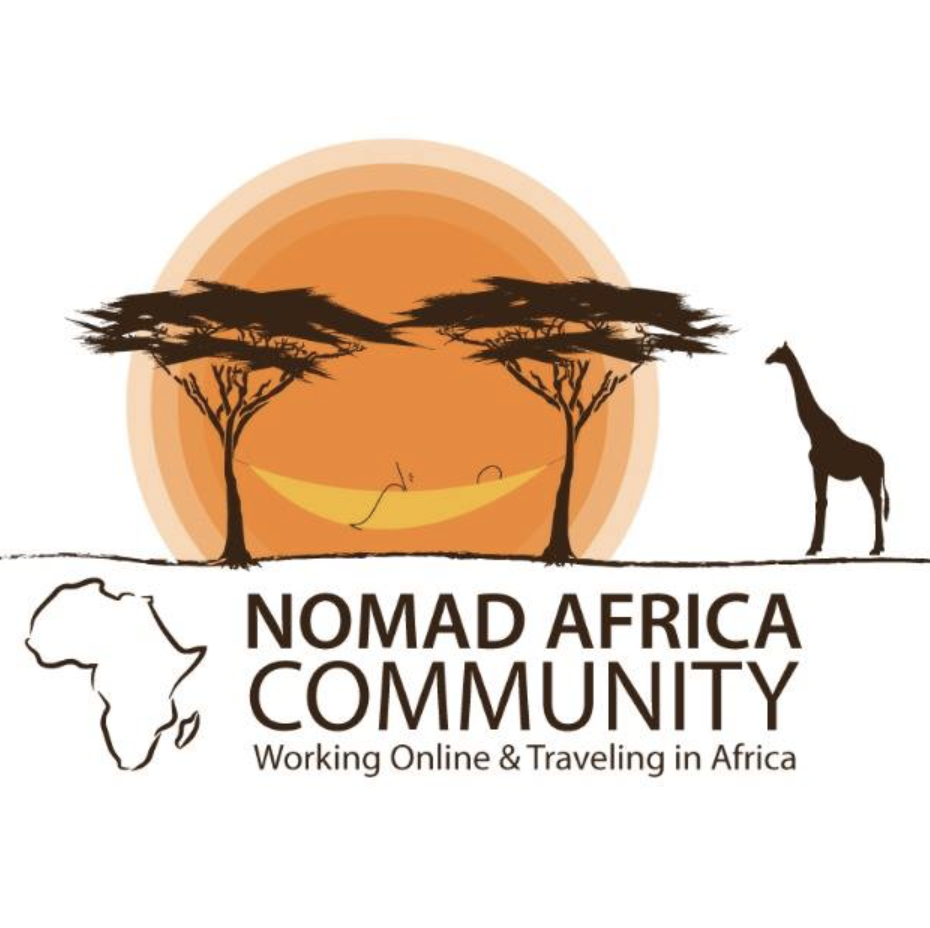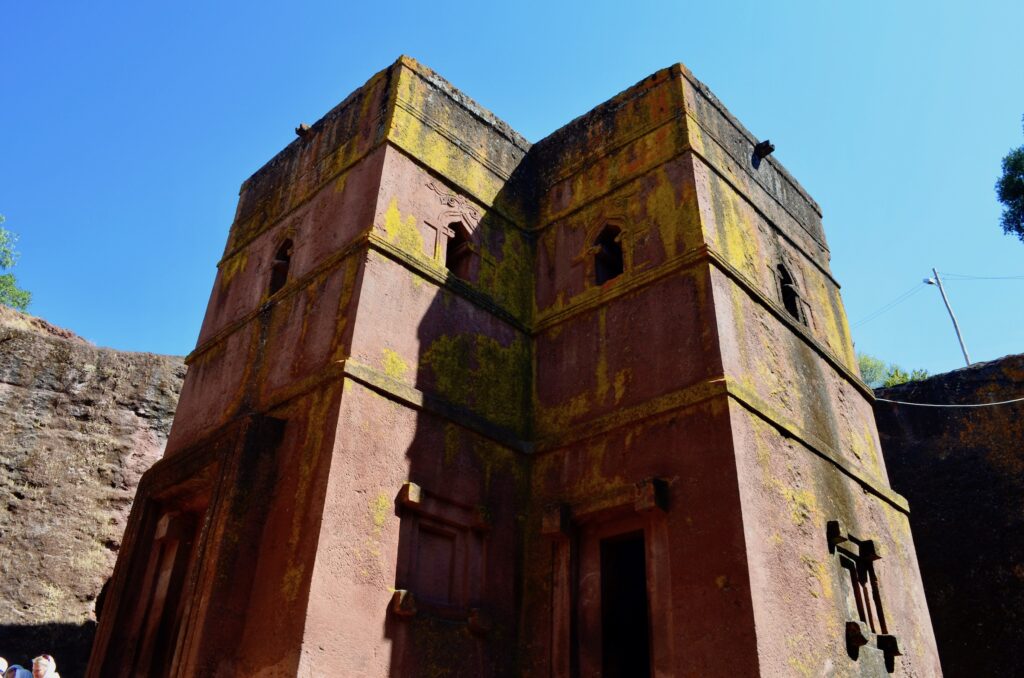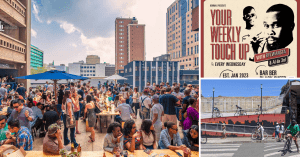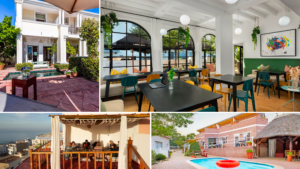Ethiopia has held a place in my imagination ever since managing a backpacker hostel in Uganda in 2016.
I would hear guests breathlessly describe the many wonders of this mysterious, isolated, and fascinating country: the spectacular and bizarre scenery, ancient cultures, delicious food, and more.
When I finally got the chance to visit, I knew that like many countries in East Africa, traveling in Ethiopia requires lots of planning.
Good thing I spent so much time researching everything I needed to know, arrived there fully-prepped, and enjoyed a 100% stress-free holiday with zero issues whatsoever. Winning.
I arrived in Addis Ababa with 3 weeks off work and no plan. It didn’t go very well.
Looking back, I can identify seven major mistakes I made. Learn from my errors and avoid these for a stress-free trip to Ethiopia.
The #1 community for nomads in Africa
Looking for the latest, most honest tips on remote working and traveling in Africa? Our free community of 2,500+ Africa fanatics has decades of experience on the continent. We’ve been traveling here since before Wi-Fi even existed.
From Cape Town or Casablanca, we’ve got everything you need for an unforgettable trip:
- Up-to-date tips on every African country you can think of.
- Honest, independent recommendations for colivings, coworkings, tour companies, and much more.
- Organise meetups and make friends on the road.
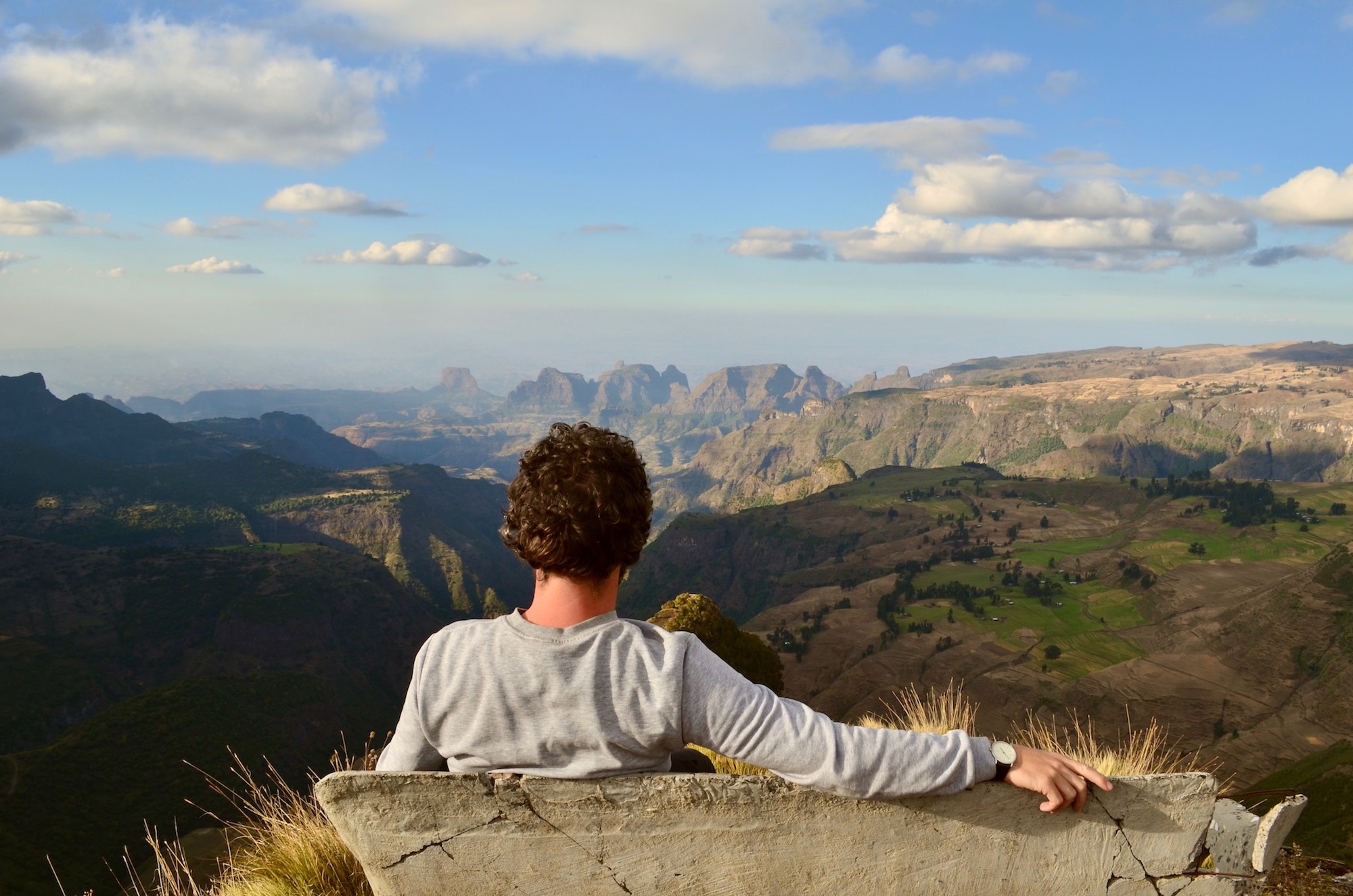

1. Not Planning Ahead
For a trip I’ve been dreaming about for so long, you’d think I would have been better prepared and done more research.
Traveling in Northern Ethiopia is actually quite straight forward. Ethiopian Airlines provides cheap daily flights between most cities, bus routes are regular, and road conditions are excellent.
The main issue was that I wanted to attend Ethiopian Orthodox Christmas and Epiphany holidays, which both fall in January. So, I needed to plan around the dates of each festival.
Along with other reasons too complicated to list here, everything about my time in Ethiopia was last minute. This had four clear implications:
- Lots of time wasted in different towns working out what to do next.
- Spending more on accommodation and transport than necessary.
- Not actually seeing everything I’d hoped for.
- More stress than a holiday should ever feature.
Solution
Read lots of Ethiopia-focused travel blogs.
Bunch of Backpackers and Big World Small Pockets are the two best I found, and both are written by solo female travelers.
The best thing to do, however, is to buy a guide book.
The first time I looked at an Ethiopia travel guide was when I arrived in Addis Ababa. Having a map of Ethiopia in front of me and indexed information to flick through made a massive difference in working out my route.
While they’re expensive, the Bradt Ethiopia Guide and Lonely Planet’s Ethiopia and Djibouti edition are invaluable. Either one will do.
2. Not Buying a SIM Card at Bole International Airport
A simple screw up that cost me a whole morning sitting around in Addis Ababa.
Ethiopia only has one phone network provider: state-owned Ethio Telecom. This is your only option for a local connection in the country.
A SIM card can be purchased when you arrive at Bole International Airport, after immigration and customs.
Buy a SIM card at the airport, as soon as you arrive. This way, you:
- Avoid queueing up at the Ethio Telecom store for over an hour just to get signed up. (Like I did)
- Have a backup internet connection as soon as you arrive. Wifi in Ethiopia is unreliable – even in Addis Ababa hotels. An unlimited 4G+ data package from Ethio Telecom is more reliable and often faster.
Solution
Simple: buy an Ethio Telecom SIM card in the arrivals hall store at Bole Airport. Failing this, visit their store in Bole with your passport (in the morning, before it’s too crowded). You can also buy airtime and data along with the SIM or top-up online following the instructions below.
At both offices, a SIM card costs 45 Ethiopian Birr (ETB). You’ll need your passport and enough cash to pay for a data package (anywhere from 300-1,500 ETB).
NOTE: Make sure you buy a 4G+ enabled SIM card. The faster unlimited data packages don’t work on a 3G card.
3. Not Bringing ANY US Dollars
The clearest indication of how little I’d planned my trip is that I didn’t realise I’d need USD cash to pay for my biggest expenses: tour guides, hotels, trips to Danakil and Simien, etc.
There are 3 reasons for this:
- Credit card acceptance in Ethiopia is incredibly low, and while payment in ETB is accepted, businesses much prefer dealing in USD.
- The highest denomination of ETB is 100 – equivalent to $3.30 – while ATMs have a maximum withdrawal of 4,000 ETB at a time. So, for example, paying $350 for a 3-day Danakil Depression tour in ETB requires numerous trips to an ATM and walking around with massive stacks of cash in your pocket. This is what I had to do, over and over again.
- Outside of Addis Ababa, ATMs often run out of cash – especially over the weekend. Depending on ETB to pay for things is risky.
Solution
To save yourself the kind of headaches I put myself through, try to withdraw or convert a healthy sum of USD before entering Ethiopia. I reckon that for a 2-3 week trip around Northern Ethiopia, $1,000 would be enough.
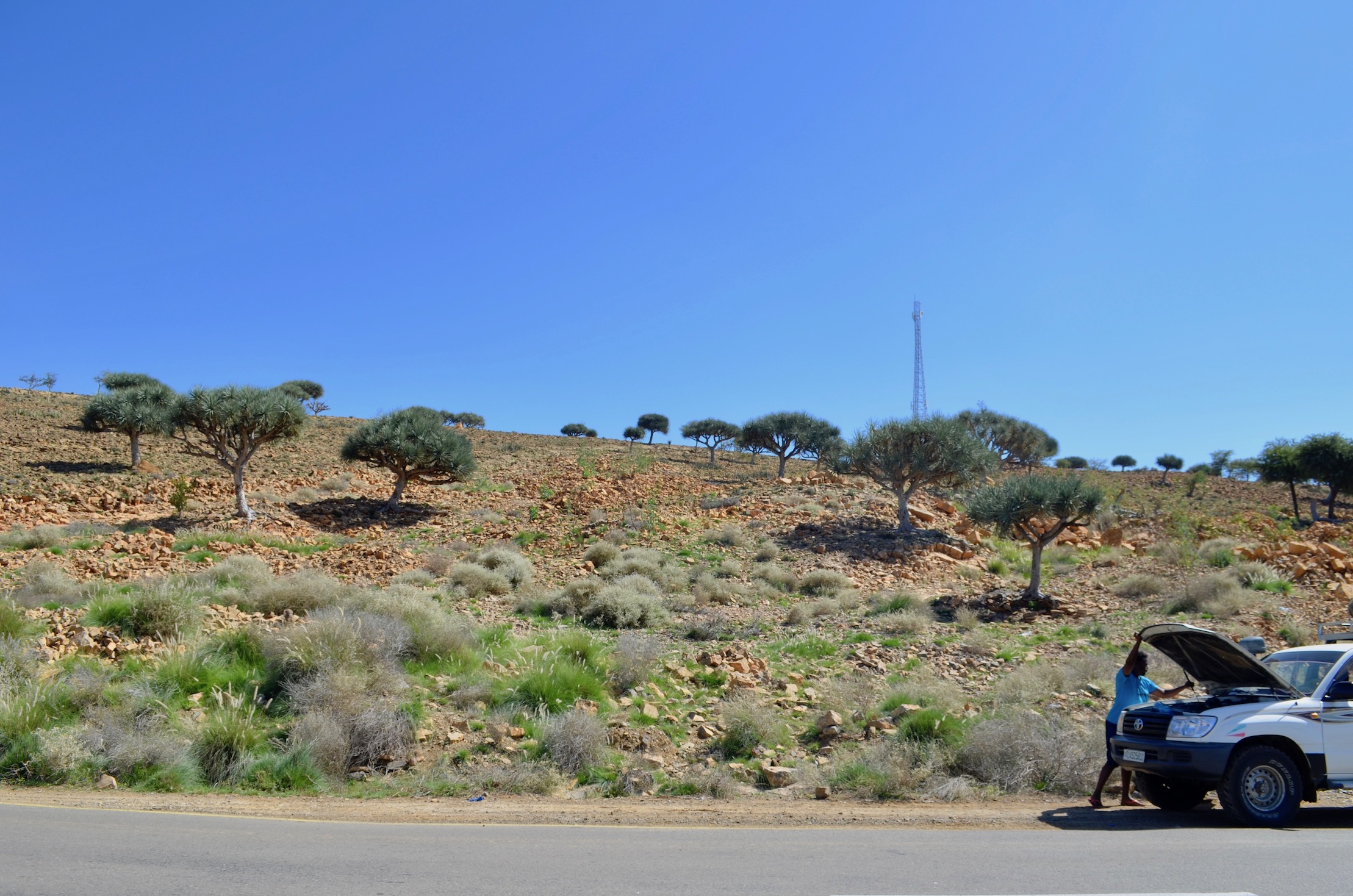

4. Not Managing Expectations on Budget Tours
This was quickly the most frustrating thing about traveling in Ethiopia. There’s no way to sugarcoat it: my experience of tour guides in Ethiopia was overwhelmingly negative.
In one month and numerous cities, they were consistently rude, disinterested, impatient, uninformative, unfriendly, bored, irresponsible, moody, fed up, and only occasionally friendly.
It’s especially jarring because I’ve worked in hospitality for many years – to a high standard. I also invested a lot emotionally into this trip, and it was not cheap. However, everyone I’ve spoken to has had similar experiences in the country.
It’s a universal complaint.
Why is this the case? I can guess 5 possible explanations:
- High unemployment and lack of opportunities mean many people that otherwise wouldn’t be interested become tour guides (it does require a particular personality), because they have no better options.
- It’s a boys club, and completely male-dominated. It often felt like companies had just hired their friends.
- The better guides get scooped up by more prominent tour companies. Catering to wealthy Westerners buying 2-3 week package holidays for 1,000s of dollars, these companies have much higher margins. So, they can pay better and attract top talent.
- Inexperience and lack of education. Speaking to guides, I couldn’t work out what kind of training they’d received or qualifications they acquired for the role, beyond semi-proficient English and the ability to learn Ethiopian history (or folktales interpreted as history).
- There’s a massive disparity between tour agents and tour operators. Most tour agents are just fronts and link you up with any tour group that has space. Quality control and consistency seemed minimal
It’s a massive shame, because it can really spoil some incredible experiences and stands in contrast to the warm nature of most Ethiopians you meet.
Solution
Difficult to say.
After my experiences, I discussed the issue with Tedy, from Teddy Zion Tours. He was open to the criticism of the guides he’d matched me with and promised to act on my feedback. I otherwise really enjoyed dealing with Tedy and would recommend his company for the Danakil Depression, at least.
Alternatively, ask the people you meet you’ve already done tours around the country. You’ll receive more reliable recommendations of good quality tour operators whom you can contact directly.
Our community members can also recommend tour companies.
5. Including Erte Ale on Your Danakil Depression Tour
Erte Ale is portrayed as a smoldering, bubbling lake of lava atop a small volcano in the Danakil Depression – awe-inspiring and beautiful.
And until 2017, that was apparently true. But then another volcano 4km away erupted and stole Erte Ale’s USP. The lava lake sank by 60 metres and was reduced to a few glowing cracks – and that’s on a good day. Often you’ll get here and find nothing but a barren wasteland with lots of toxic smoke.
What isn’t advertised is everything you have to go through to see this.
Erte Ale is a 7+ hour drive away from the other nearest landmark in Danakil – a long drive in the hottest place on Earth. Worse, this is actually the most enjoyable part. Click below to read about my tour of Erte Ale and decide for yourself if its worth it.


Solution
Just book a 1 night/2 day trip to the Danakil Depression.
You’ll get to see the best parts of this amazing landscape, without spending 14 hours in a sweaty jeep. If conditions on the ground change and Erte Ale is worth all the discomfort and costs once again, I’ll update accordingly.
6. Overpaying for Tours
The general rule of thumb in Ethiopia is that the closer you get to a destination, the cheaper tours are there.
So, if you pay for everything overseas, you’ll spend the most. If you pay in Addis Ababa, you may still be charged a premium. If you wait until you arrive at your destination (Mekele for Danakil; Gondar for Simien Mountains; Axum or Mekele for the Tigray churches), you’ll get the fairest price.
I was aware of this and still slipped up once. I was told that a tour of Danakil booked from Axum would cost the same as doing so from Mekele. Arriving in Axum, I found out that while this was the case, I’d need to pay for the transfer to Mekele the morning of the tour, as nobody else in my tour company was traveling this route.
This slip up added substantially to the price of my Danakil Depression tour, alongside a pointless (but pleasant) evening spent in Axum, only to return again 4 days later for Timket.
Solution
Know the prices of tours in Ethiopia. Avoid my first mistake and plan ahead.
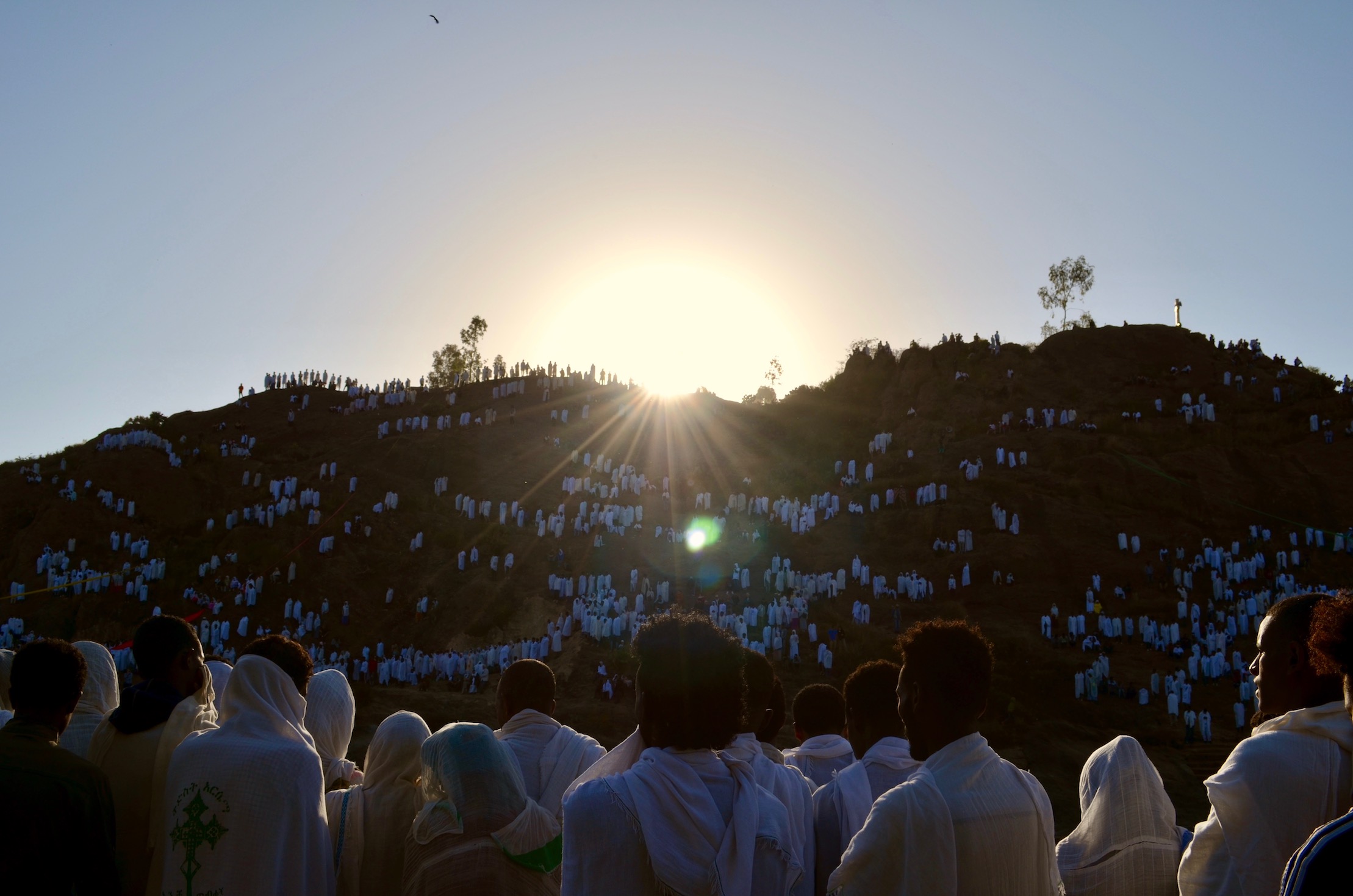

7. Not Keeping Your Phone Safe
This is especially embarrassing because I’m out here telling everyone how safe East Africa is – and I was pickpocketed twice in two months. The first time, my phone was stealthily snatched during a Major Lazer concert in Nairobi. The second, during the Timket celebrations in Aksum.
(I was even wearing the same trousers!!!!)
At Timket, my phone was taken in about 10 seconds. It went something like this:
= Left my hotel with my phone safely under my t-shirt, in a secure travel wallet.
= Took it out for, well, reasons, and slipped it into my pocket.
= During a surge forward in the crowd, I thought, “Hmmm, should probably put my phone back in the wallet, don’t want a repeat of Major Lazer.”
= Got distracted by something.
= Put my hand in my pocket, and my phone was gone.
It can be that quick. Honestly, I wasn’t even angry. I just felt stupid.
Solution
Buy a travel wallet that fits under your shirt (avoid bum bags or fanny packs – they scream ‘clueless tourist’). If you’re putting anything valuable in your pockets, make sure they’re deep enough that a pickpocket won’t see the contents.
I’ve also decided to use a cheap, secondary phone whenever going somewhere crowded or attending big events in Africa. At least that way, it’s not a critical loss if it goes missing.
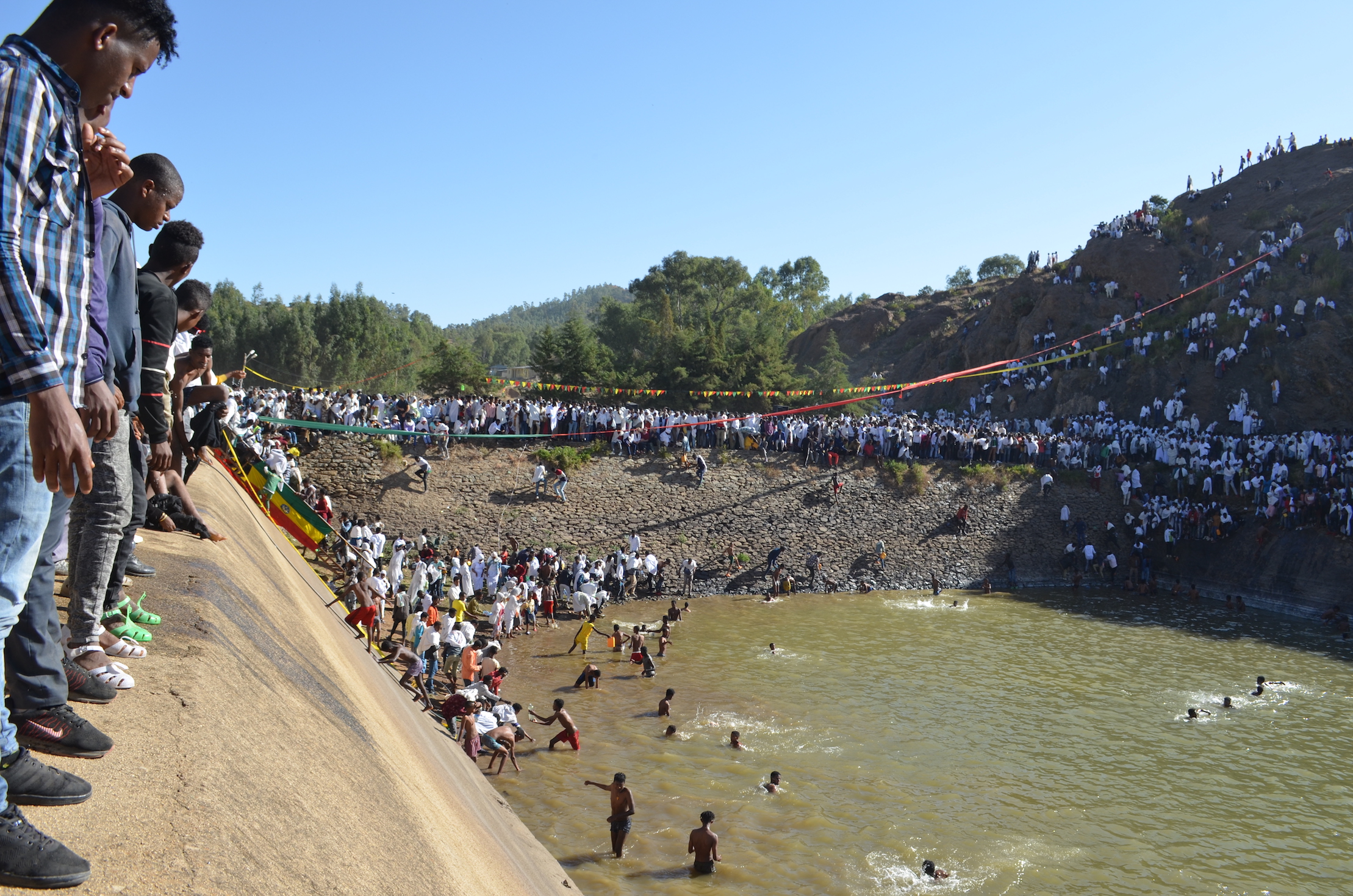



Final Thoughts
Despite all these hiccups, traveling in Ethiopia lived up to all my expectations – and exceeded many of them. The landscapes, cultures, people, food, and otherworldliness of it all were utterly unforgettable.
Which is why I plan to return ASAP.
But do yourself a favour: learn from my experiences, plan ahead, and don’t make the same mistakes I did.
Then get ready for a holiday unlike anything you’ve experienced before.
Did I Leave Something Out?
Tell us what you want to know about working online in Kenya and we’ll add it to the guide ASAP.
